(Norsk versjon: Reisebrev fra Tokyo, Edo-palasset, The Big Scramble og Hard Rock, dag 4)
Edo Castle, Chiyoda
The Edo Castle is an enormous castle construction and fortress built in 1457 by Ota Dokan; a Samurai warrior-poet, military tactician and Buddhist monk. He is most noted as architect and builder of the Edo Castle, and is the presumed founder of the urban settlement that grew around the fortress.

Tokugawa Ieyasu was founder and first Shogun of the Tokugawa Shogunate that ruled Japan from 1600 until the Meiji Restauration in 1868. The Edo Castle was the Shogun’s residence, office and military headquarters. After the Meiji Restauration the Emperor made the Castle his residence. Parts of the Castle have been ruined in fires and war throughout history, but there are still some surviving original parts.
Parts of the Castle are now a part of the Edo Museum. Unfortunately the Museum was closed when we visited, but we did go for a nice walk in the beautiful park. (Mind you, you only see a very small part of the Castle-complex in my photos.)
You can check for opening hours on the Museum webpage, where you can also find information on both current, upcoming and permanent exebitions. This is also a great place to get an introduction to traditional Japanese music.
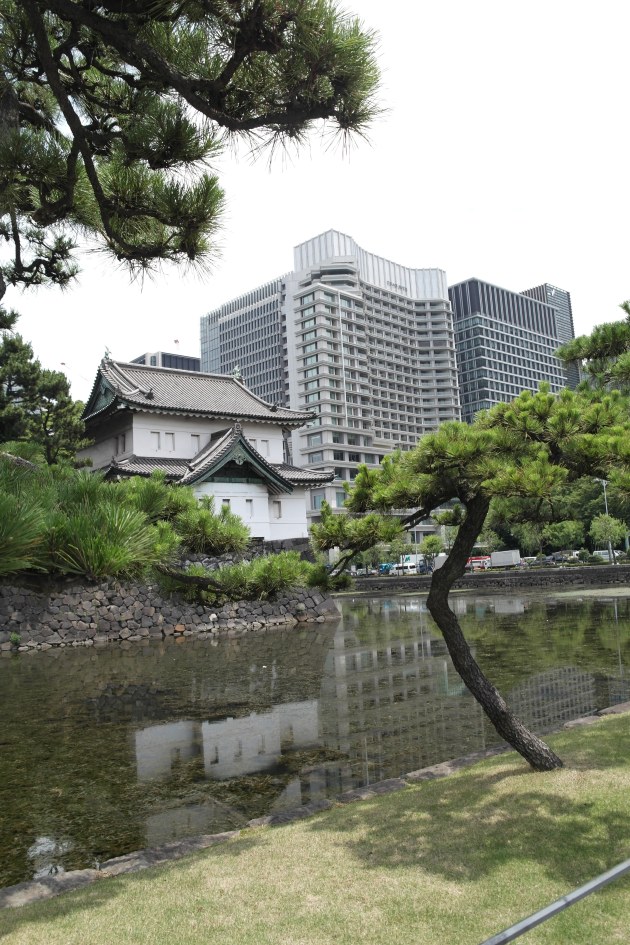
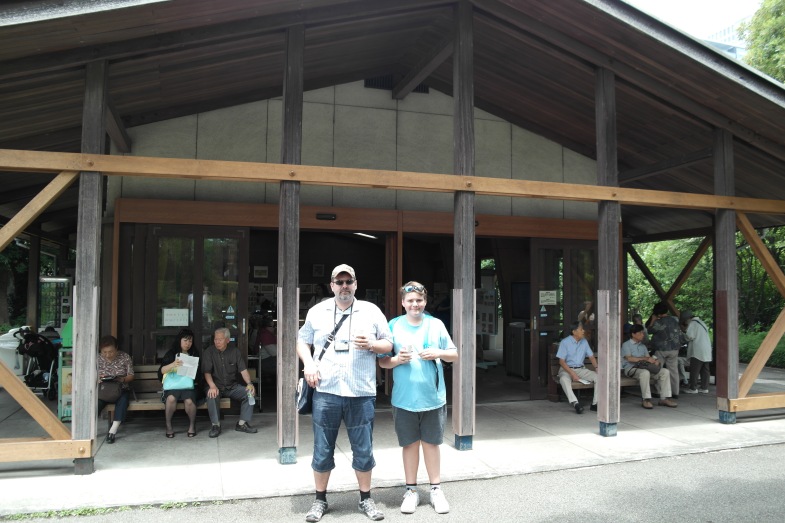
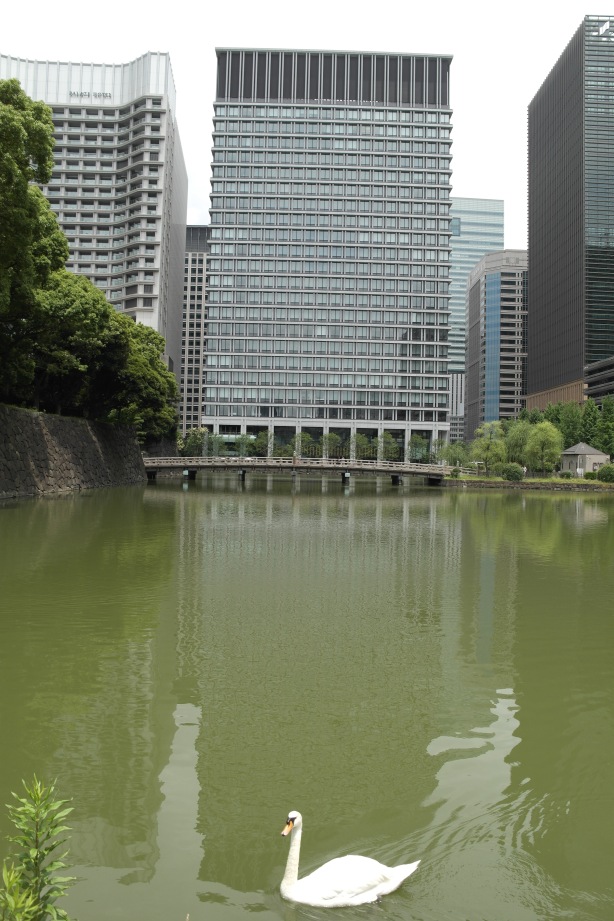
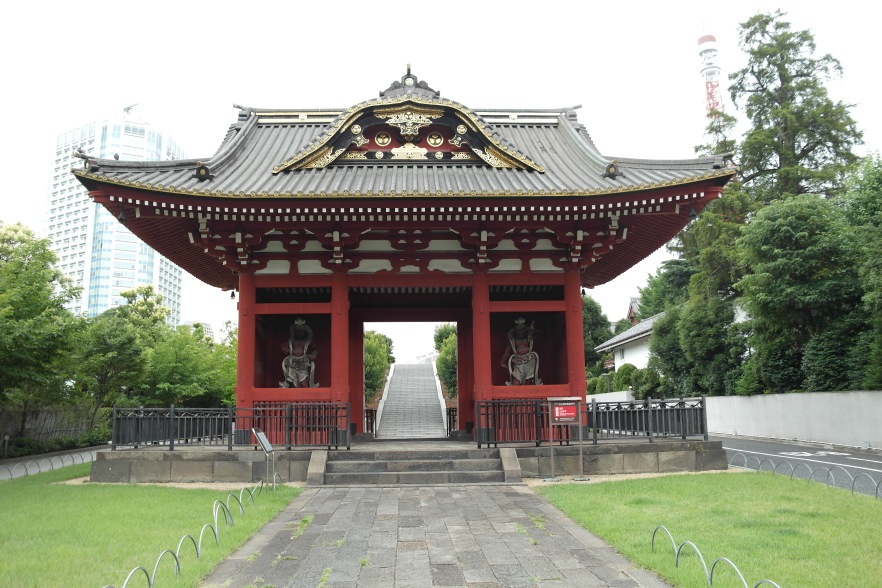
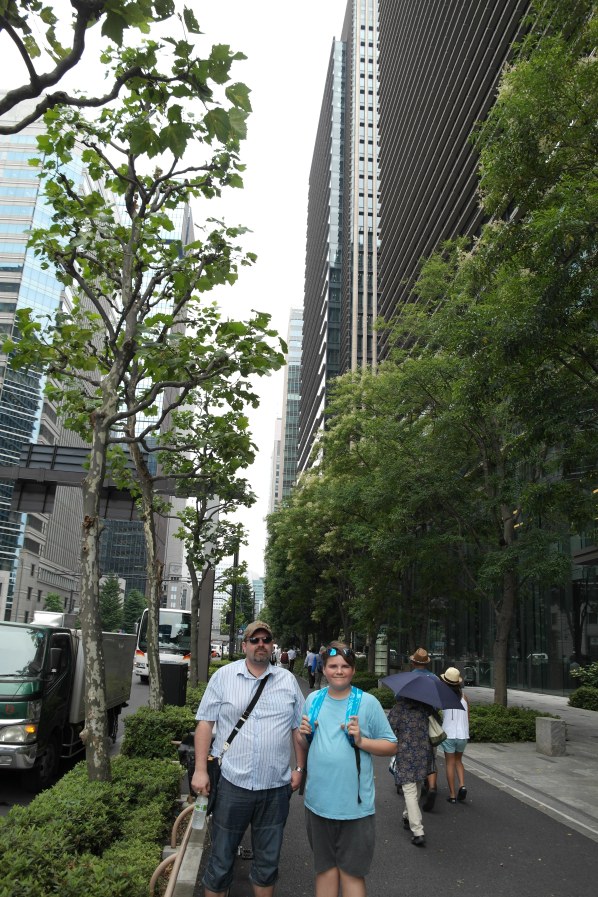
Shibuya Crossing / The Big Scramble
We came out from the Shibuya subway station right by The Big Scramble. The Shibuya Crossing is reportedly the world’s busiest pedestrian crossing, and a little fun fact for the nerds; this is the point in the world with the biggest density of mobile phones. Remember that one; you never know when this comes in handy at a pub-quiz.
The cars take their turns through the intersection, but as soon as they all get red light, the pedestrians comes from all directions – simultaneously. The Shibuya Crossing is surrounded by department stores and large, digital billboards. There are many cafes overlooking the crossing – but getting a window table can be hard. We did not go there at rush hour, but you still get an impression from it in the vids.
Roppongi
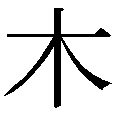
The name Roppongi, which appears to have been established around 1660, means «six trees». Six very old and very large Zelkova trees (often used in bonsai) stood here. The first three were removed, and the rest of them were destroyed during WW2. Another legend says that the name derives from six powerful Daimyo (feudal Noblemen) that lived in the area, and all six of them had either the Japanese sign for tree – or a sort of tree – in their names.
A part of the Japanese army was moved to the area in 1890, which led to a resurgence of the nightlife, only temporarily interrupted by a major earthqquake that devastated the area in 1923. The district was devastated again during WW2 duing bombings.
After the war, the US Army occupied a large portion of the area, thus Roppongi were known to be an area attracting foreigners. Near the military installations there were an increasing number of restaurants, pool-halls, bars, and brothels. Late in the 60’s, Roppongi was popular with both the Japanese and foreigners for the night life, and thus attracted the artistic elite. Various embassies and international corporations established their presence here, and the area is still favored by foreign businessmen, students and military personnel.
When writing about Roppongi, there is no getting around the the Japanese mafia, Yakuza. Yakuza used to have a strong presence in Roppongi, but has in latter years moved to other parts of Tokyo.
The Yakuza is reputed to be well-organized and have strict rules of conduct and rituals. Many Yakuza have tattoos covering their whole bodies, genitalia included, often tattooed with old-fashioned tools like sharpened bamboo as needle. The procedure is expensive, very painful, and takes years to complete.
Now, we didn’t see any Yakuza, but our goal in Roppongi was clear; we had to buy T-shirts and souvenir glasses at Hard Rock Cafe (someone is collecting). There are two Hard Rock Cafes in Tokyo, and this one suited us the best logistically. While you are there, after being lost both at the subway system and in the streets of Roppongi, you might as well enjoy a coffee- and dessert-break.
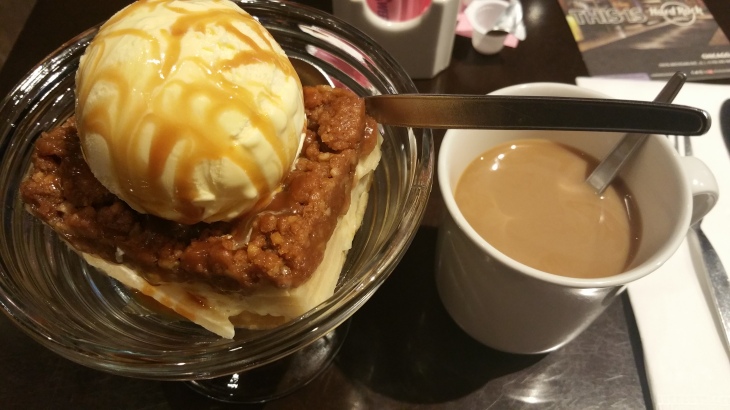
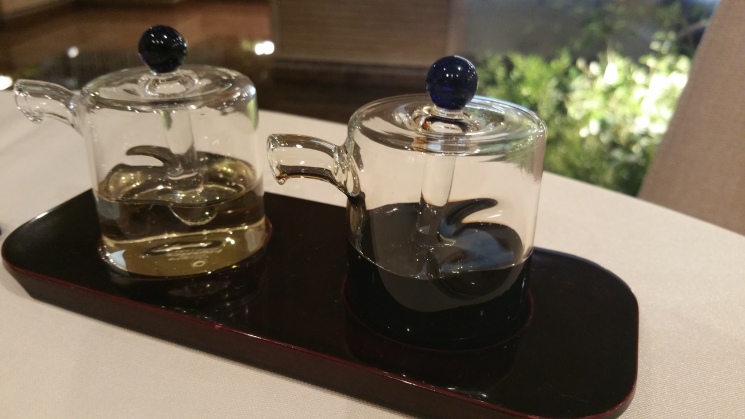
Stay tuned for a Japanese Ball Game. Gooooooo Yomiuri Giants!

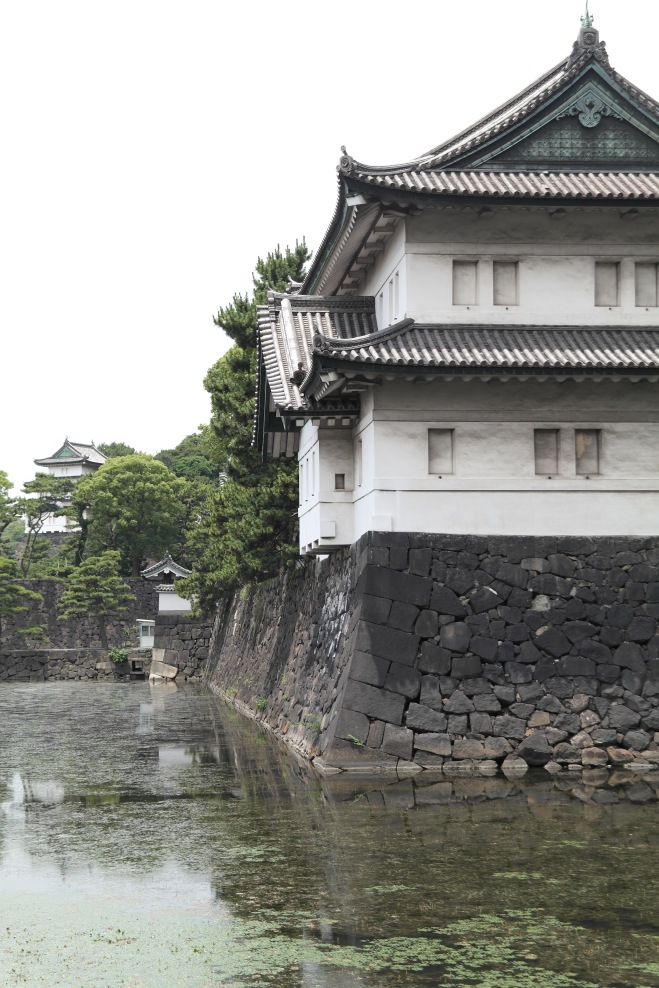
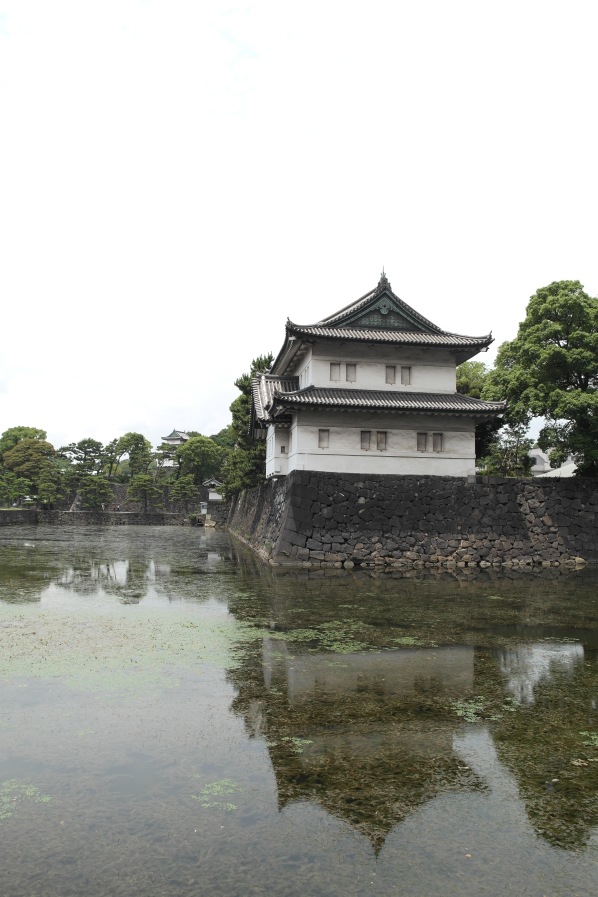


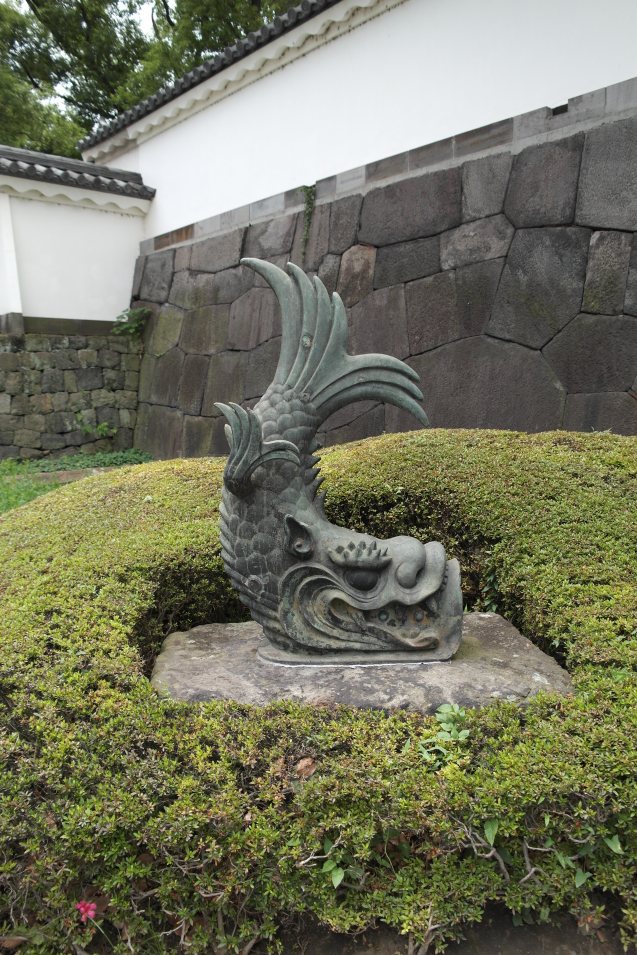
Amazing clicks n intresting info…u did lot of gathering. ..so much effort…thanks for sharing
LikeLike